The Gallerie dell’Accademia (Accademia Gallery of Venice), on the south bank of the Grand Canal, within the sestiere of Dorsoduro, is a museum gallery of pre-19th-century art in Venice, northern Italy.
Housed in the Palladian complex of the Scuola della Carità (the oldest of the six Scuole Grandi (though the building dates back to 1343, the scuola was formed in 1260), it was originally the gallery of the Accademia di Belle Arti di Venezia (founded on September 24, 1750, it was one of the first institutions to study art restoration starting in 1777 with Pietro Edwards, and formalized by 1819 as a course), the art academy of Venice (from which it became independent in 1879) which remained in the same building until 2004, when the art school moved to the Ospedale degli Incurabili.
The Ponte dell’Accademia (Academy Bridge, where the museum is literally in front of) and the Accademia boat landing station (where our vaporetto water bus docked) are named after it. Like other state museums in Italy, it falls under the Ministero per i Beni e le Attività Culturali, the Italian ministry of culture and heritage.
The absolutely stunning Gallerie dell’Accademia, the picture gallery of the art academy and one of the great museums of the world, owns the most important collection worldwide of more than 800 Venetian paintings, from the Gothic until the Rococo.
Genres covered include Byzantine, Gothic, Renaissance and Baroque. Over time, the collection has increased, thanks to private donations and acquisitions.
The museum contains masterpieces of Venetian painting from the 12th through 18th centuries, more or less generally arranged chronologically (since art in the academy has long been taught in chronological order) in 24 rooms, though some thematic displays are evident.

Jandy and Kyle in front of the painting Fisherman Presenting a Ring to the Doge Granedigo (Paris Bordone, 1534, oil on canvas)
The museum, bringing together, under one roof, all the works of art that were scattered throughout Venice, is housed in three buildings – the Scuola della Carità, the Convento dei Canonici Lateranensi (started in 1561 by Italian Renaissance architect Andrea Palladio, it was never fully completed) and the now deconsecrated Church of Santa Maria della Carità (its facade was completed in 1441 by Bartolomeo Bon).
The former Santa Maria della Carità convent complex maintained its serene composure for centuries until 1807 when Napoleon installed his haul of Venetian art trophies here. The interior of the building is as beautiful as the art it houses.
The giants of Venetian painting, from the 13th to the 18th centuries, whose wonderful collection of art are represented here include the 1600’s Canaletto Vedutisti, Francesco Guardi, Bernardo Bellotto and Pietro Longhi, down to Renaissance artists such as Gentile and Giovanni Bellini, Carpaccio, Giorgione, Titian (or Tiziano), Veronese (Paolo Caliari), Tintoretto and and the Baroque master of the swirling-heavenly-clouds ceiling fresco Gianbattista Tiepolo (who became the second director, after Rococo painter Giovanni Battista Piazzetta, of the academy after his return from Würzburg).
Other artists include Antonello da Messina, Lazzaro Bastiani, Pacino di Bonaguida, Giulio Carpioni, Rosalba Carriera, Cima da Conegliano, Fetti, Pietro Gaspari, Michele Giambono, Luca Giordano, Johann Liss, Charles Le Brun, Lorenzo Lotto, Mantegna, Rocco Marconi, Michele Marieschi, Piazzetta, Giambattista Pittoni, Preti, Vasari, Leonardo da Vinci (Drawing of Vitruvian Man), Alvise Vivarini and Giuseppe Zais. All these artists influenced the history of European painting.
An essential visit for painting enthusiasts, it is the most important museum that one can visit during a stay in Venice. The route around the galleries does not really flow in one direction. In many cases, we had to go down long corridors to view work, only to return along the same corridors, allowing us to revisit work as we walked about.
Our visit to the galleries started off in the 14th century (Paolo Veneziano’s Coronation of the Virgin altarpiece, etc.), continues through Giorgione’s weirdly lit The Tempest and Giovanni Bellini’s many Madonna and Childs, and ends with Carpaccio’s intricate Cycle of St. Ursula and Titian’s late Pietà.
The rooms we explored all showed Venice’s precocious flair for color and drama. The massive Tintoretto paintings, from the Scuola Grande di San Marco, can’t be seen from a reasonable viewing distance as they are hung along the sides of corridors which are only about 12 ft. wide.
Room 1 is where you can find Jacobello Alberegno’s Apocalypse which shows the whore of Babylon, with babbling rivers of blood from her mouth, riding a hydra, and Paolo Veneziano’s Coronation of Mary, at the opposite end of the emotional spectrum, where Jesus bestows the crown on his mother with a gentle pat on the head to the tune of an angelic orchestra).
Room 2 is where the eerie, glowing skies of Vittore Carpaccio’s lively Crucifixion and Glorification of the Ten Thousand Martyrs of Mount Ararat seem to make UFO arrivals imminent.
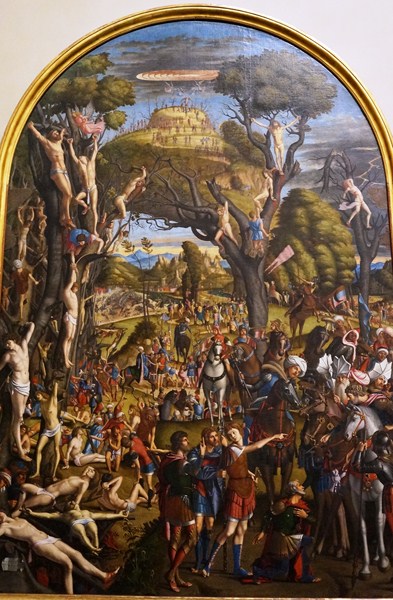
The Crucifixion and the Glorification the Ten Thousand Martyrs on Mt. Ararat (Vittore Carpaccio, 1515, oil on canvas)
Room 4 is where you can find Giovanni Bellini’s quietly elegant Madonna and Child between St Catherine and Mary Magdalene).
Room 10 features paintings by Tintoretto, Titian and Paolo Veronese. The latter’s monumental Feast in the House of Levi (1573), originally called The Lord’s Last Supper, is shocking, not only for its size (at 42 ft. long, it is one of the largest canvases of the 16th century), but also for its rather racy depiction of the Lord’s holiest of moments. Here, the artist portrayed the Savior and his Apostles cavorting with drunkards, dwarves, Muslims and Reformation-minded Germans in a rousing, drunken banquet that resembled paintings of Roman orgies.
The Inquisition leaders, with their rising Puritanism, promptly condemned Veronese, charging the painter with irreverence and threatened to indict him on the very serious charge of heresy. Veronese quickly re-titled the work, still with Jesus in it but now surrounded by secular guests who were free to engage in acts of gluttony. The mollified censors let it pass.
Jacopo Tintoretto’s The Stealing of the Body of St. Mark commemorates the Venetian merchants who, in 828, spirited the body of the famed saint and Evangelist away from Alexandria. During that era, Italy’s hyper-competitive maritime capitals competed to see who could steal the best saint and then build a cathedral around his bones. Acquiring bona fide saints was, thus, de rigueur for relic hunters. The painting is, obviously, a bit fanciful as it depicts the now long-dead saint, borne in the arms of the Venetian thieves, as a fresh, rather muscular corpse.
Room 12 is where you’ll find Giambattista Piazzetta’s saucy, fate-tempting socialite in Fortune Teller. In Room 20, you’ll find works by Carpaccio and Gentile Bellini’s Procession in St Mark’s Square, which offers an intriguing view of Venice’s iconic piazza before its 16th-century makeover.
Room 21 is home to Vittore Carpaccio’s St. Ursula Cycle, a series of 9 paintings documenting the saint’s ill-fated life. In Room 17, you’ll find works of Canaletto, Guardi and Pietro Longhi. Everything is clearly marked and explained. Rooms 12 to 19 are occasionally used for temporary exhibitions.
Room 23, a serene showstopper fronted by a Bellini altarpiece, is the original convent chapel where tou can find Giorgione’s highly charged La Tempesta (The Storm) featuring a mysterious nursing mother and a passing soldier with a bolt of summer lightning, its meaning still debated by art historians – is this an expulsion from Eden, an allegory for alchemy, or a reference to Venice conquering Padua in the War of Cambria?
Ornamental splendor is found at the newly restored Sala dell’Albergo, Scuola della Carità’s boardroom (Room 24), which has a lavishly carved ceiling. It faces Antonio Vivarini’s wrap-around masterpiece The Virgin Enthroned with Saints Jerome, Gregory, Ambrose and Augustine (1446 (oil on canvas), filled with fluffy-bearded saints. closes with The touching 1534–39 Presentation of the Virgin, of Titian, features a young, tiny Madonna trudging up an intimidating staircase. A distinctly Venetian crowd of onlookers points to her example yet few of the velvet and pearl-clad merchants offer alms to the destitute mother or even feed the begging dog.
Gallerie dell’Accademia: Campo della Carita, Dorsoduro 1050, 30123 Venice, Italy. Tel: +39 041 522 2247. Admission: €15 (entry to the museum is free on the first Sunday of every month). Open Mondays, 8:15 AM to 2 PM, Tuesdays to Sundays, 8:15 AM to 7:15 PM (last entrance at 6:15 PM). When you buy your ticket you will be asked to place backpacks and additional bags bigger than 20 x 30 x 15 cms. inside lockers (€1), but you will get you money back when you retrieve your belongings. There is an audio guide (for an extra €6). Photography is allowed as long as you do not use your flash. During the busy season, queues can be long after 10 AM. Admissions are restricted to 400 people at the same time.
How to Get There: the museum is about a 15-20 min walk from St Marks and is easy to find as it is well signposted in the Dorsoduro district.

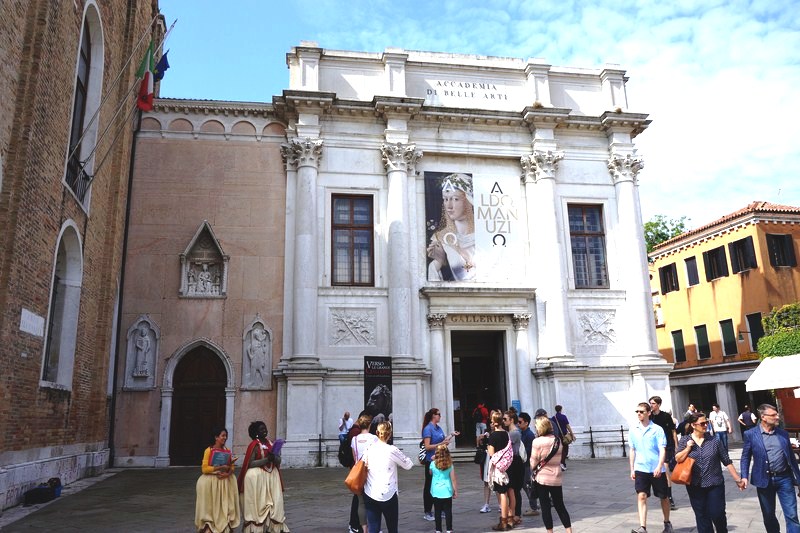
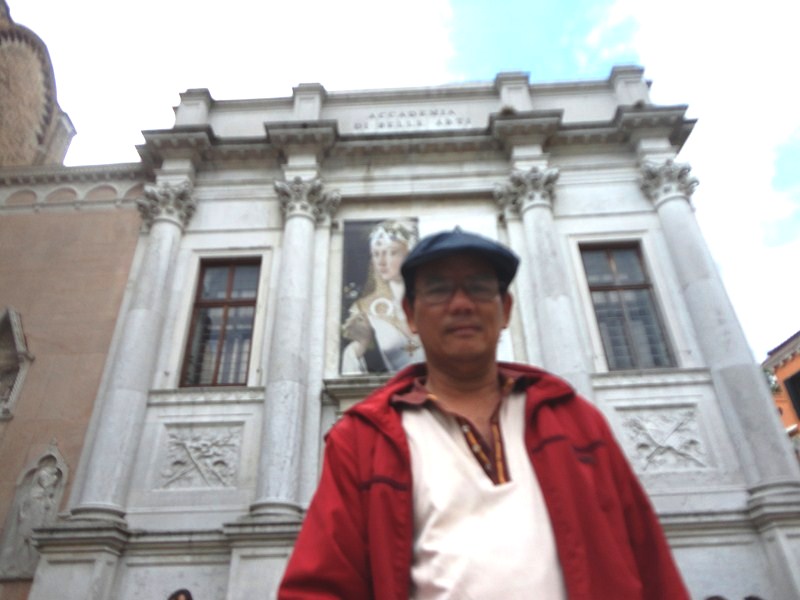
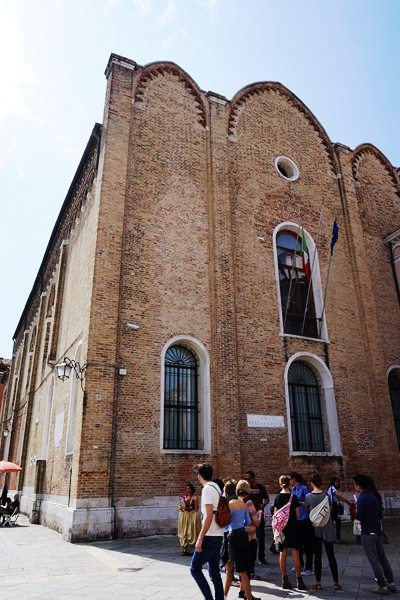
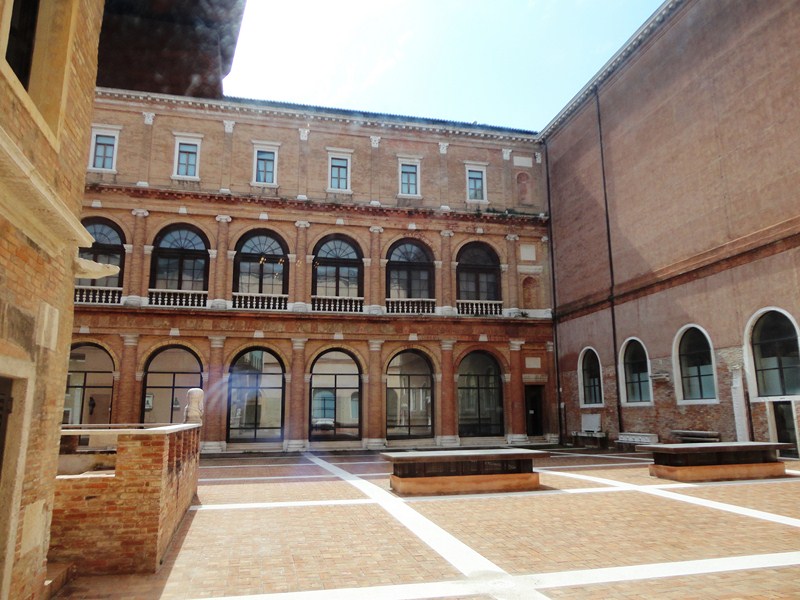


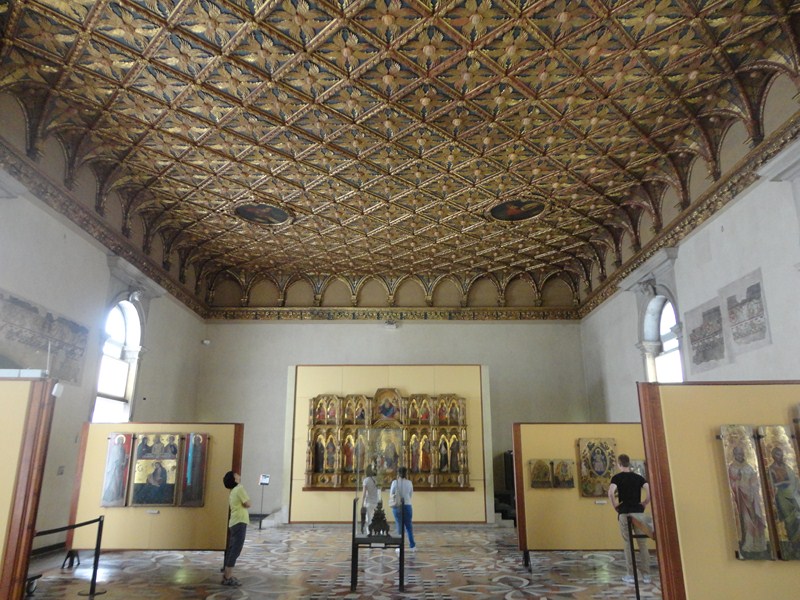



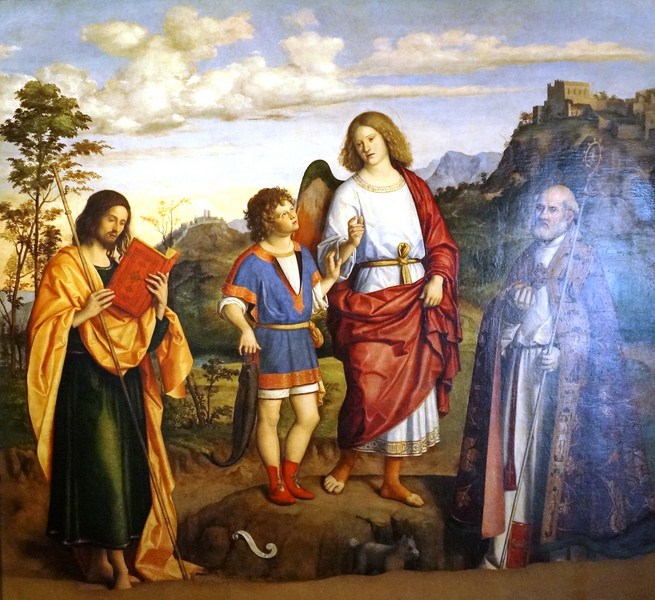


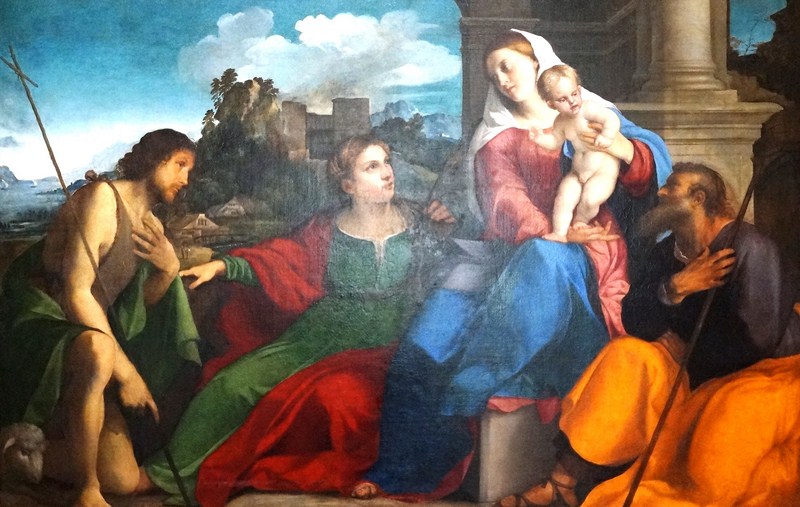



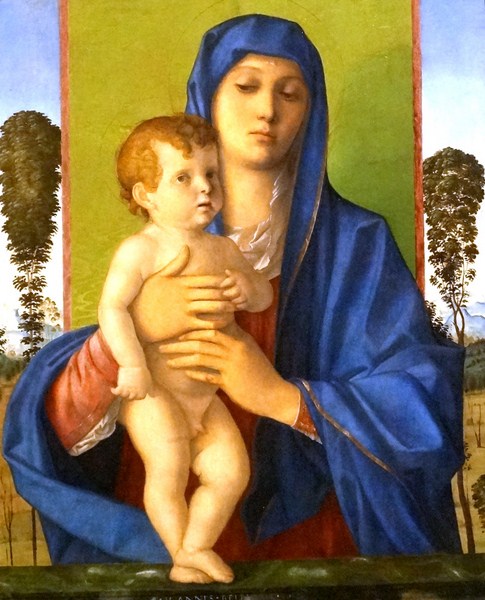
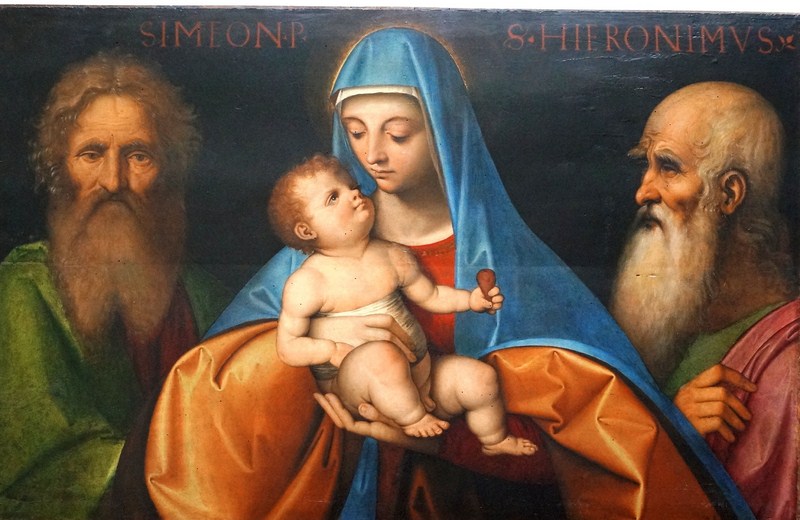
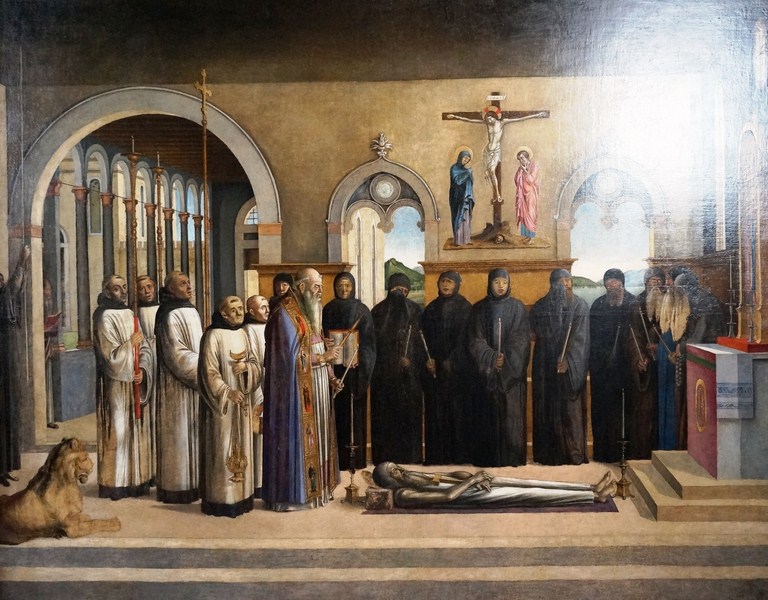

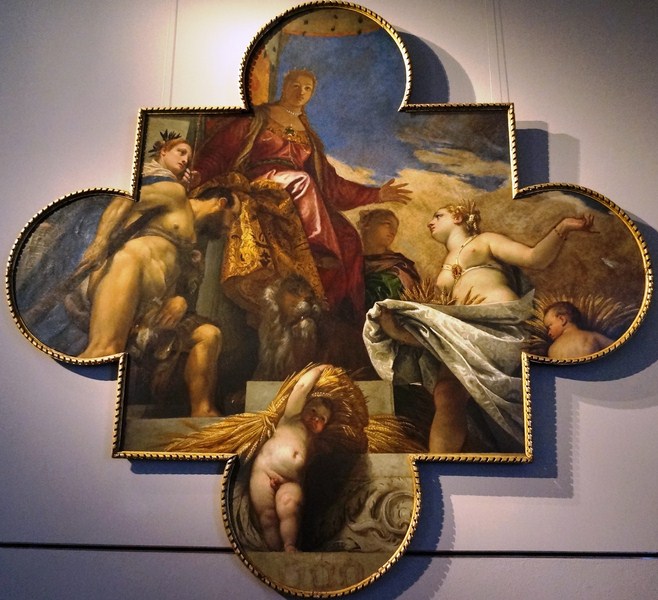
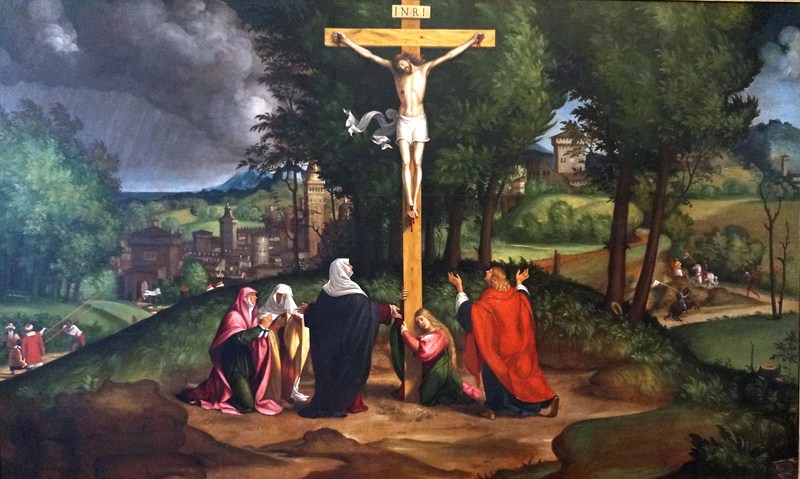
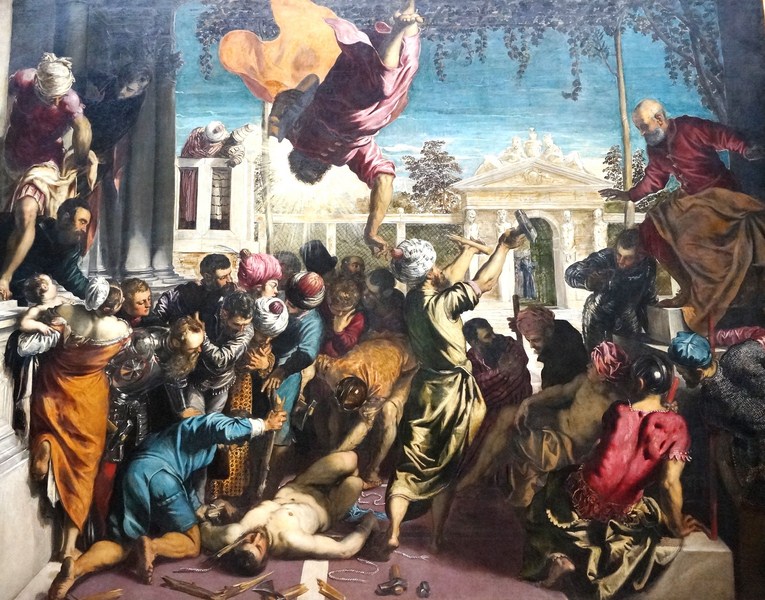


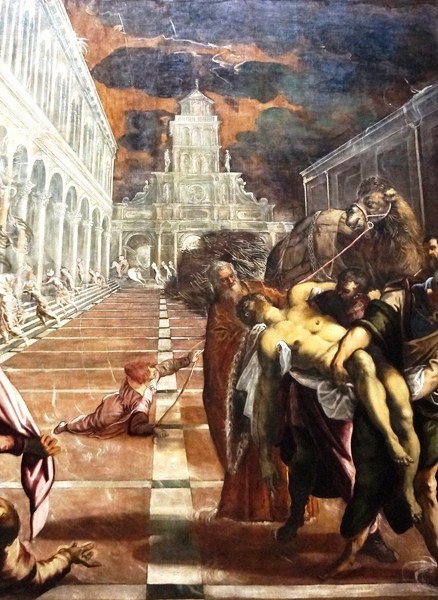
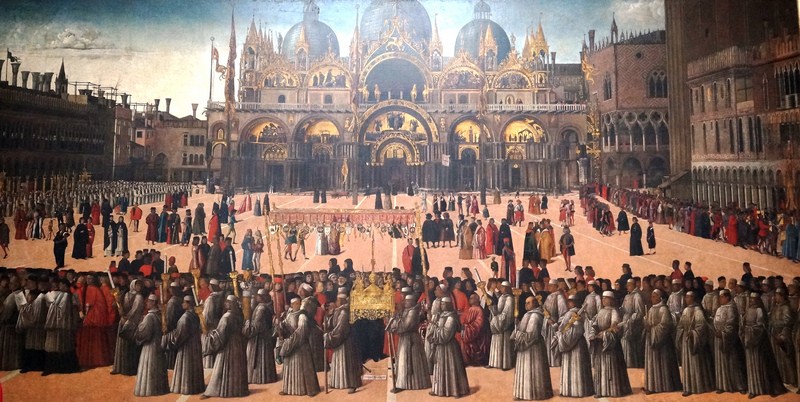
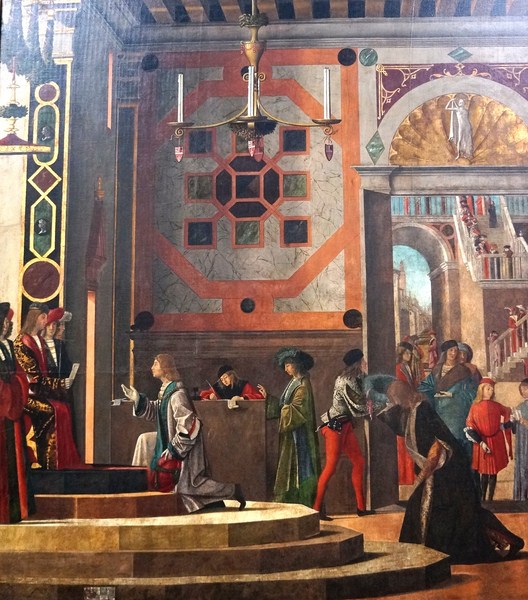
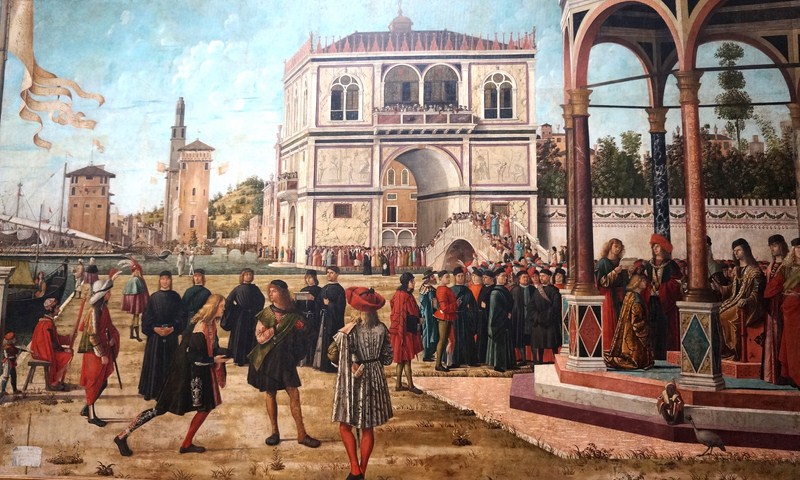


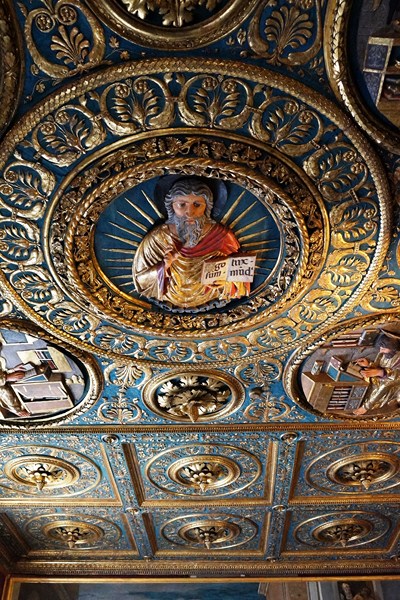

Pingback: The Iconic Foot Bridges of the Grand Canal (Venice, Italy) – B.L.A.S.T. – Live Life to the Fullest ……… Don't Stay Put